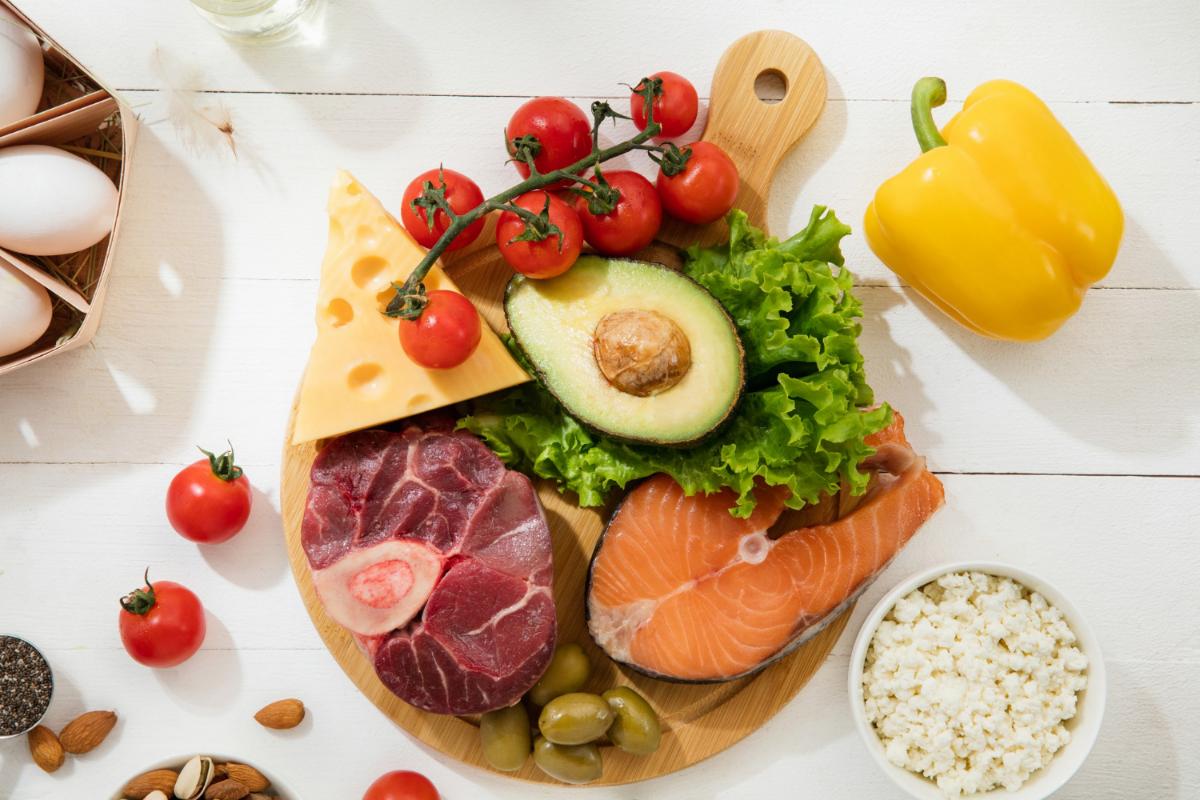Balanced Diet for Dancers in Altamonte Springs

The act of dancing requires energy, strength, and agility. Dancers need always to remain fit and healthy as their body is part of their dance routine. An active and firm body gives dancers graceful movement and charisma while on the dance floor. The question about what to eat and what not to can be very challenging especially for dancers in Altamonte Spring trying to attain or retain a particular body size.
The diet required of an average dancer to maintain in other to stay healthy and fit should comprise of a balanced diet. It means that from breakfast to lunch and dinner, your food must contain a balanced diet. Dance classes in Altamonte Spring emphasis on how taking a balanced diet can help dancers remain fit.
A balanced diet for dancers in Altamonte should contain the following:
Carbohydrate
As a dancer, you expand a lot of energy while on the dance floor, and carbohydrate is the primary source of energy in our diets. To have a balanced meal as a dancer, half of your food must contain starch to keep you going during rehearsals before your next meal. Carbohydrates include whole grain, vegetables, fruits, dairy and little portions of rice and potatoes.
Proteins
Protein is needed by dancers to repair and build muscles that have been strained through a continuous dance routine. The Amino acid in protein helps in the growth of components that regulates and maintain essential functions in the body. Sources of protein are beans, beef, eggs, pork, poultry, fish, milk, and nuts. Protein should make up about 12% to 15% of a dancer’s diet.
Fats
A lot of dancers are concerned about maintaining their weight and so stay clear from fat. Fat helps to fuel muscles for energy during prolonged activities at the dance studio in Altamonte Springs after you must have burned through your carbohydrate intake. A diet that’s too low in fat can cause a severe health problem for dancers and even weaken performance. Healthy sources of fats are cheese, milk, avocados, nuts, salmon, and tuna. A dancer should aim at 20% to 30% of fat intake in one meal.
Vitamins and Minerals
A lot of dancers are deficient in Vitamins especially vitamin D, which helps in the regeneration of cells and repair of bones. Vitamins and minerals play an essential role in cell formation, energy production, and stronger immune system. Fruits and vegetables are excellent sources for vitamins and minerals. 30% of your diet as a dancer should be made up of vitamins. The use of supplements is recommended especially for those who do not consume enough Vitamins in their diets.
Fluid
This is the essential diet of all as a dancer. It’s important to take enough liquid at all time to keep your body hydrated. Water helps to detoxify your body, regulate your body temperature and helps to maintain circulation. Make sure you take water before, during and after a dance routine.